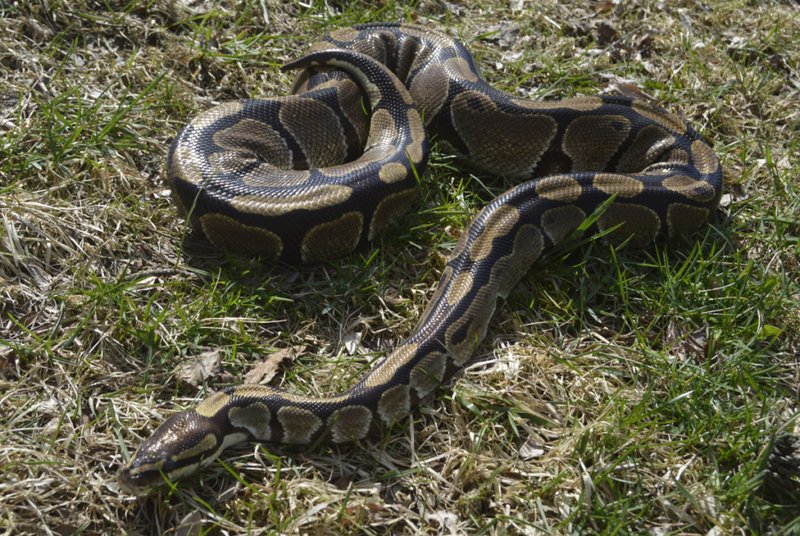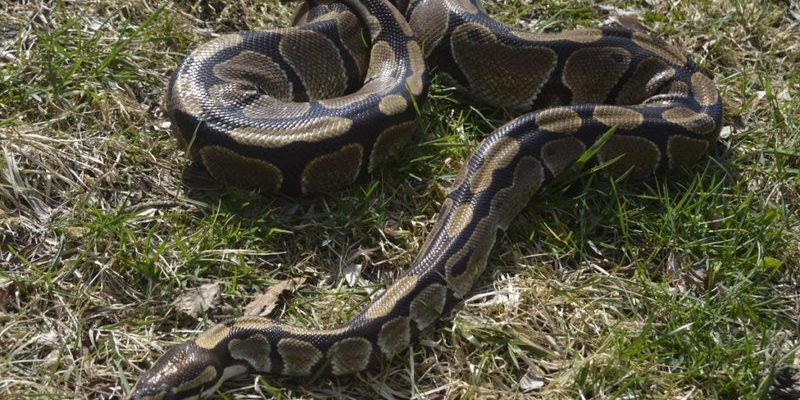
The story of the ball python is akin to peeling an onion, layer by layer, revealing the intricate details of their past. Imagine traveling back in time, where our scaly friends roamed vast landscapes, adapting to various environments and evolving unique traits. Understanding their evolutionary history can help us appreciate their beauty and charm, alongside the care they require as pets today. So, grab your favorite beverage, and let’s unravel the mysteries of the ball python!
Origin of the Ball Python
The ball python, scientifically known as *Python regius*, is native to the grasslands and forests of West and Central Africa. Its name comes from the snake’s signature defensive behavior of curling into a tight ball when threatened. This instinctual trait is a fascinating aspect of their evolution, allowing them to protect themselves from predators. Imagine if you could curl up and become less visible during stressful situations—it’s a clever adaptation!
These snakes are believed to have descended from a shared ancestor with other python species. Over millions of years, they adapted to their environment, developing features that make them excellent ambush predators. With their camouflaged scales, they blend seamlessly into the underbrush, waiting patiently to catch prey like small mammals and birds. This evolutionary adaptation has played a crucial role in their survival.
The Role of Habitat in Evolution
Many factors influence the trajectory of an animal’s evolution, and habitat is one of the most significant. The diverse terrains of Africa, from grasslands to forests, have shaped the ball python’s physical traits and behaviors. For instance, the availability of various prey types has influenced their size, hunting techniques, and even reproductive habits.
In areas with dense vegetation, ball pythons have developed a more slender body to navigate effectively. In contrast, those found in open grasslands can grow larger, allowing them to hunt bigger prey. This incredible adaptability speaks volumes about how the ball python has evolved in response to environmental pressures and opportunities.
Genetic Variation and Color Morphs
One of the most exciting aspects of ball pythons today is the incredible variety in their color and pattern variations, known as “morphs.” These mutations can occur naturally in the wild but have been significantly enhanced through selective breeding in captivity. You might be wondering how this relates to their evolution. Well, genetic variation is a crucial component of evolution, driving diversity within a species.
The introduction of captive breeding programs has led to stunning morphs, including the pastel, albino, and spider varieties. Each of these morphs showcases different traits that can attract attention from snake enthusiasts and collectors alike. This widespread admiration for the ball python has sparked a surge in breeding, pushing the boundaries of color variation even further. It’s like a vibrant tapestry, each morph contributing to the overall beauty of the species.
Conservation and the Future of Ball Pythons
While ball pythons have thrived in captivity, their populations in the wild face challenges due to habitat loss and the illegal pet trade. Conservation efforts are crucial for ensuring these magnificent creatures remain part of the ecosystem. Organizations are working tirelessly to protect their natural habitats, educate local communities, and regulate the breeding and sale of ball pythons.
As responsible pet owners, it’s essential to understand the implications of keeping a ball python. Supporting ethical breeders and ensuring that your pet originates from a sustainable source helps contribute to the overall health of the species. By recognizing the importance of conservation, we become allies in their evolutionary journey.
The Ball Python in Modern Culture
In recent years, ball pythons have gained significant popularity as pets. Their docile nature and manageable size make them an attractive option for snake enthusiasts and first-time reptile owners. However, the fascination doesn’t stop there. Ball pythons have made their way into various aspects of modern culture, appearing in social media, fashion, and art.
The love for ball pythons has sparked a community of enthusiasts who share knowledge, resources, and experiences. From YouTube channels dedicated to showcasing care tips to Instagram accounts highlighting their stunning morphs, the ball python’s presence is felt worldwide. This sense of community fosters a greater appreciation for the species and encourages responsible care and breeding practices.
The evolutionary history of the ball python is a captivating tale of adaptation, survival, and beauty. From their origins in the African wilderness to their rise as beloved pets, each layer of their journey enriches our understanding of these remarkable snakes. So, whether you’re a seasoned owner or simply intrigued by their history, appreciating the ball python entails recognizing the intricate balance between nature and human involvement.
As we continue to learn about these amazing creatures, we must also commit to protecting them in the wild and supporting ethical practices in the pet industry. Together, we can ensure that future generations will marvel at the ball python’s fascinating legacy.

